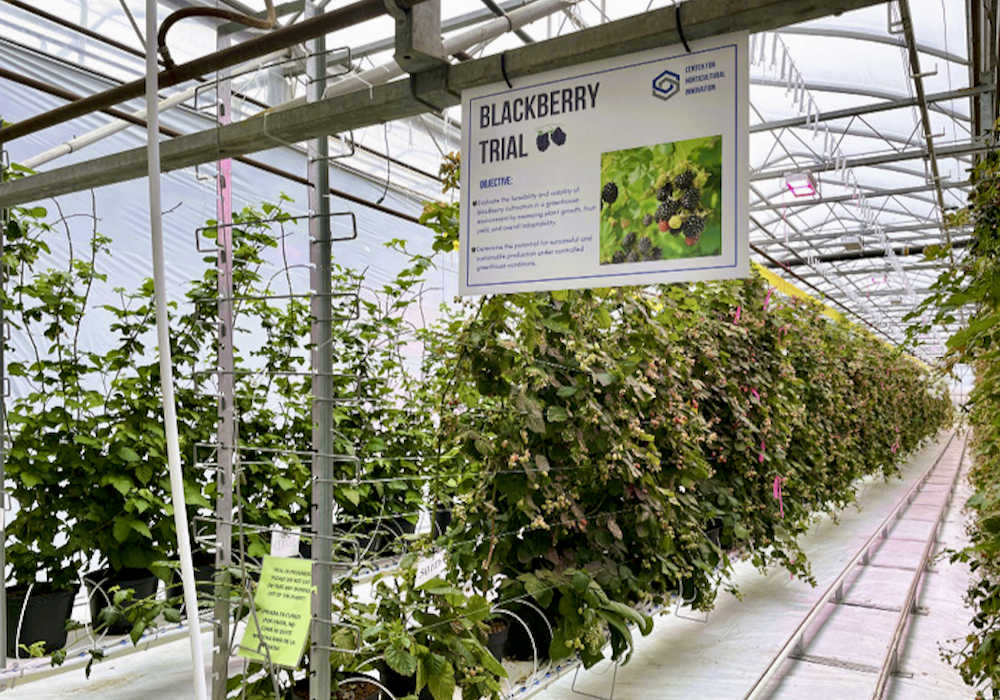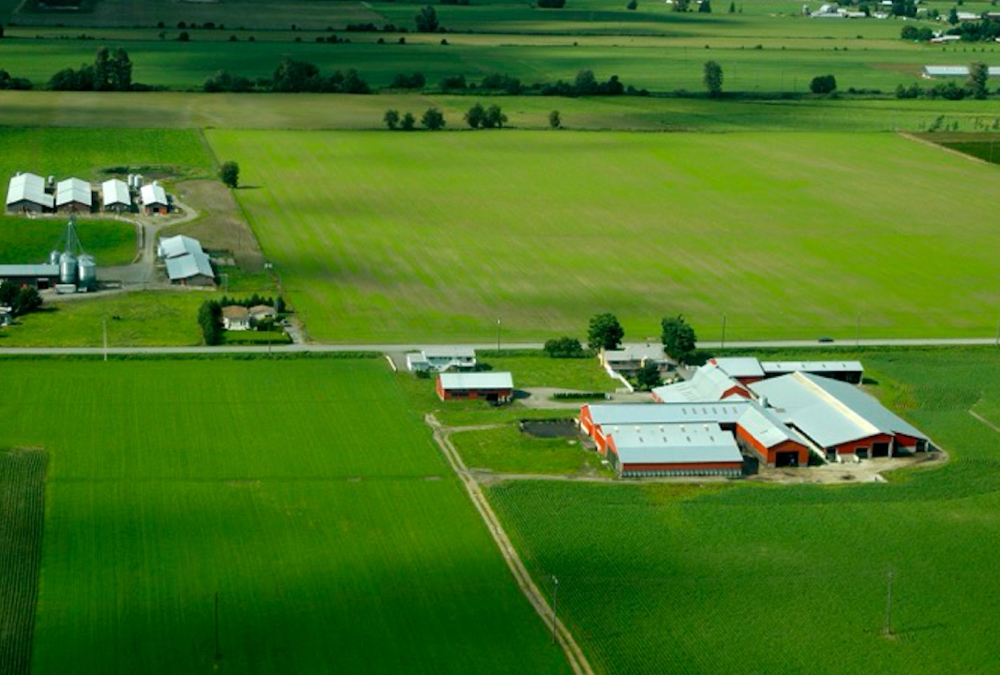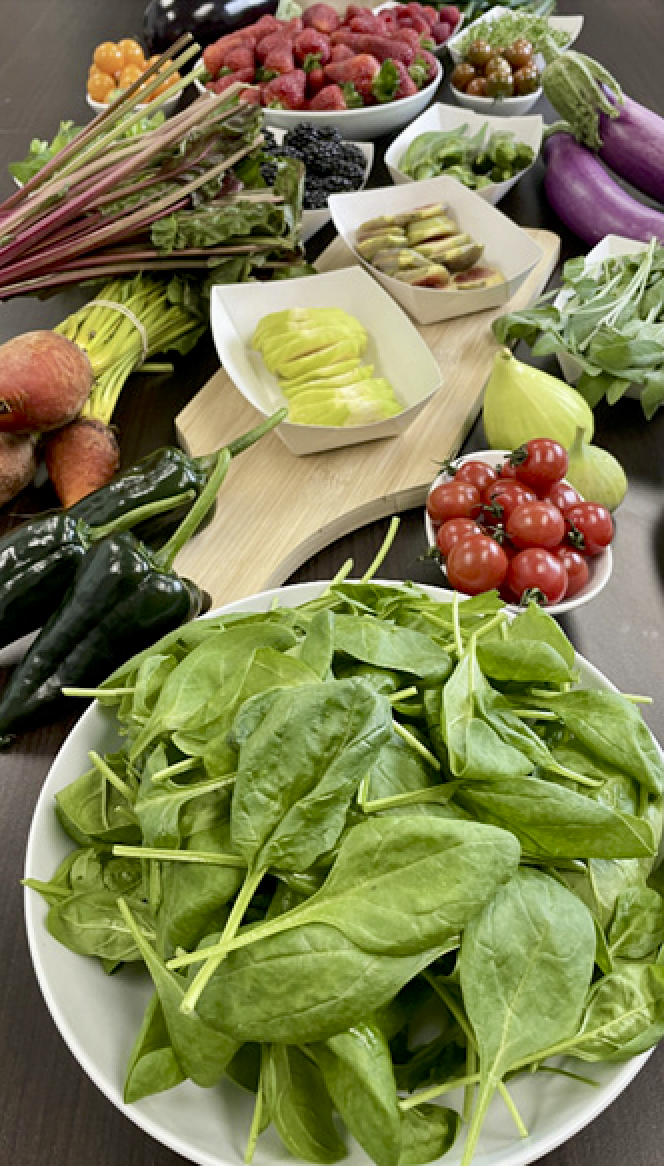Innovation centre fills greenhouse industry R&D gaps

Tomatoes, peppers and cucumbers are the greenhouse crops for which Ontario is probably best known. The province is home to North America’s largest vegetable greenhouse cluster with more than 3,900 acres under glass, and the industry is always searching for new crops and newer, better ways to grow them.
Read Also


Opinion: Diversity model may buffer risk of farmland buys
Glacier FarmMedia – It’s the time of year that farmland often changes hands. This spring, there is an increase of…
Why it matters: The hunt is on for new fruit and vegetable crops that could be grown indoors to ensure a consistent, year-round food supply closer to home.
Could people one day see Ontario-grown greenhouse okra, figs, papaya, carrots or spinach? The privately owned Centre for Horticultural Innovation near Leamington is working to find out.
The research facility was launched three years ago by South Essex Fabricating, a sister company to Nature Fresh Farms, one of Canada’s largest greenhouse produce growers.
“The challenges we all face as growers are what we focus on, like plant viruses and pathogens,” says Matt Korpan, executive director of R&D operations at the facility. “We also work with seed and breeding companies on variety trials and new ways to grow greenhouse crops.”
The centre includes genetics and harvest quality labs, as well as teams focused on growing, trial development, propagation, data science and artificial intelligence, and food science.
“The greenhouse industry is big in this area and there is a lot of potential for growth. We want to broaden innovation for the sector, and it benefits everybody if we can do new things,” he says. That ranges from artificial intelligence, plant cloning and resistance vaccines to post-harvest shelf life and exploring the feasibility of new greenhouse crops.


photo:
Lilian Schaer
There’s no intent to replace the work of existing horticulture research institutions, like Agriculture and Agri-Food Canada at Harrow, Vineland Research and Innovation Centre, University of Guelph and others.
The idea is to pick up where other work leaves off, closing gaps between academic research and getting an innovation to market, offering solutions to growers’ challenges in a timely fashion.
One of the activities is to explore new greenhouse crops to meet the dietary needs of new Canadians and provide retailers with a consistent supply of fruits and vegetables grown close to home. That would give growers new opportunities to diversify their businesses.
“We are growers and our goal is to find out what is possible and to get feedback from retailers on what we could provide,” Korpan says. “We have more tools now than ever before to replicate the natural environment (indoors), and retailers tell us what they are looking for.”
There are about 75 trial crops in the facility. Korpan’s team is experimenting with everything from okra, Asian eggplant, lettuce, carrots and beets to figs, papaya, blackberries, peaches and even bananas.
“We put in a handful of plants and look at their production potential and we try to grow with the systems — lights and scissor carts, for example — that we already have,” he says. The most promising immediate opportunities lie in lettuce and berry crops.
Some of the centre’s crops are being sold in Remark stores in London and Windsor but there’s risk in striking out on a new path because retailers are often hesitant to commit to a new crop that isn’t proven.
Industry growth is also challenged by labour and energy availability and cost, as well as regulatory hurdles and municipal development charges.
That’s not holding the facility back. Plans for a new state-of-the-art greenhouse are moving ahead with a series of industry partners. The facility will include a big emphasis on education, starting with school tours to expose kids to possibilities in the industry and then finding ways to move them into diverse careers the sector has to offer.
“We do work to drive the industry forward, and that includes human resource needs. If industry is to grow, we need the people to manage that,” Korpan says.
Source: Farmtario.com

